Did you enjoy the last article about 3333 stone steps and did it lit fire in you to challenge?
3333 stone steps in Misato-town ; Japan’s No1!
→ http://untappedkumamoto.com/activities/1515
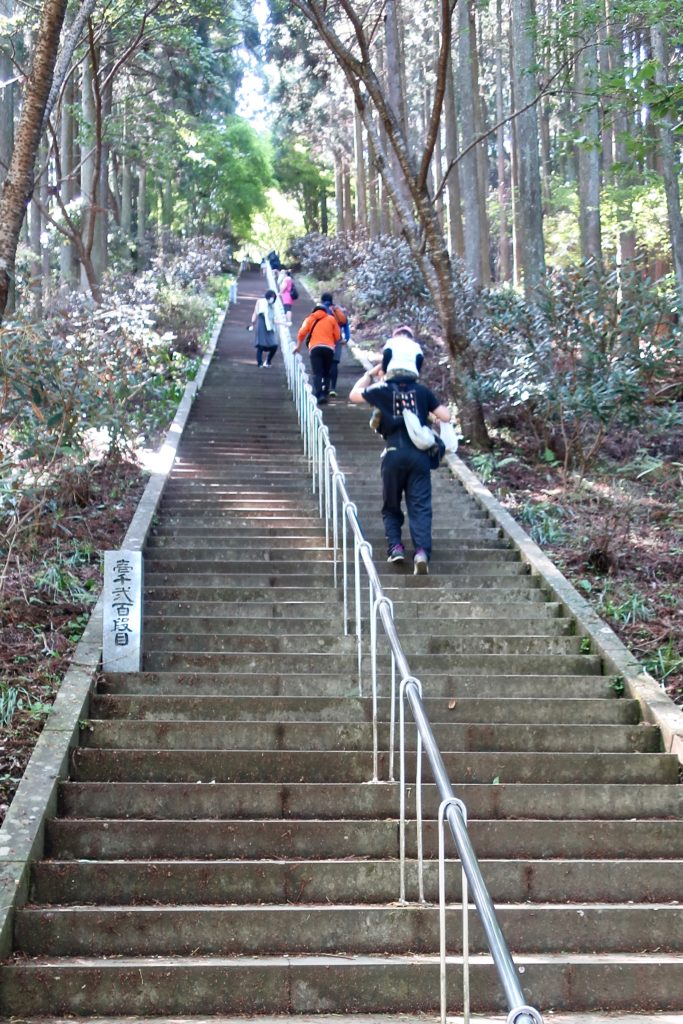
Photo credit : Chieko @untappedkumamoto
In this article, I’d like to introduce 釈迦院(Shakain) which is a temple standing up to the 3333 stone steps. It’s a great treat for you after surviving the hard challenge.
You’ll be relaxed and soothed by the temple and the scenery.
Let’s learn about Shakain and explore it together.
Shakain(釈迦院) ~temple standing up to the 3,333 stone steps, Kumamoto~
The path to Shakain ; Enjoy the amazing view after the hard work, climbing 3333 stone steps!
As I wrote in the last article about 3333 stone steps, after reaching to the 3333th step, sadly there is no good view… This is because it was just on the way to the temple.
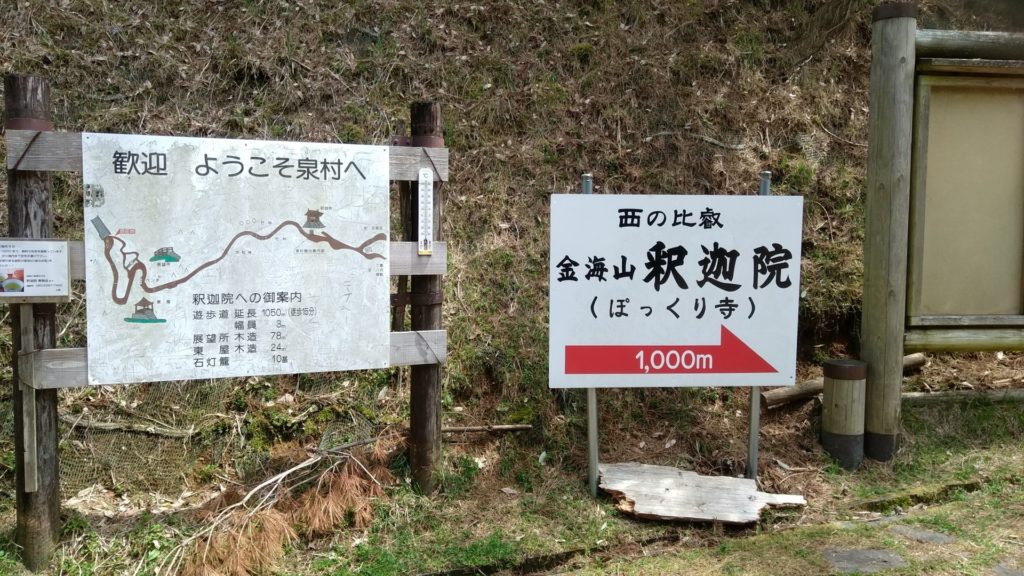
Photo credit : https://yamap.com/activities/3416782
There is a sign which says “Shakain is 1 km away” so keep walking along the path.

Photo credit : Chieko @untappedkumamoto
As we walked forward, we found this lookout.
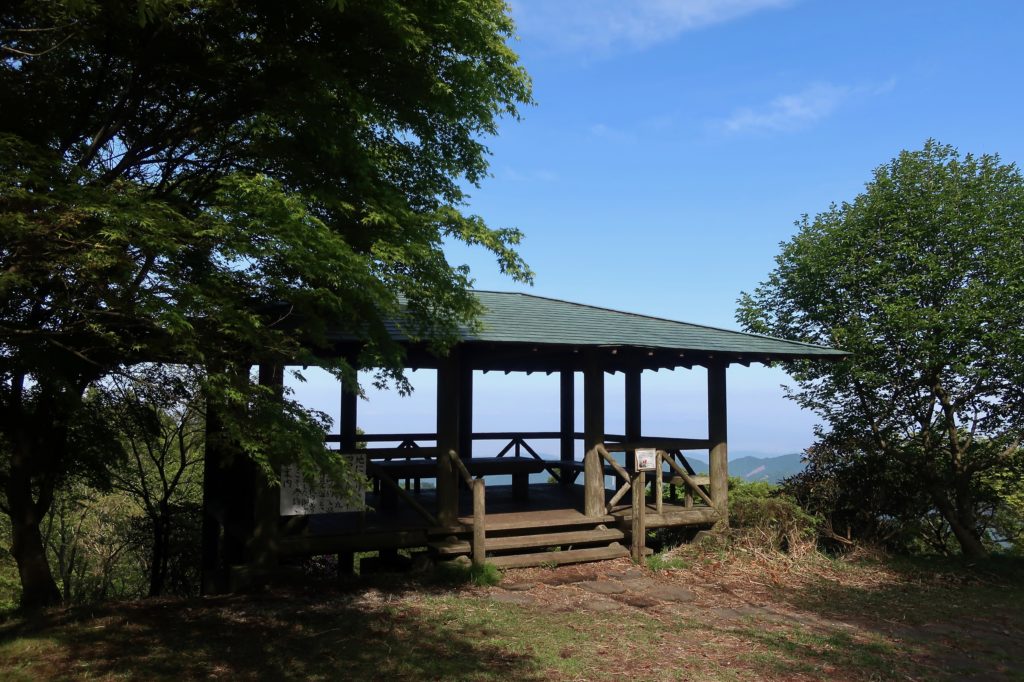
Photo credit : Chieko @untappedkumamoto
It’s a great place to enjoy the scenery and relax.
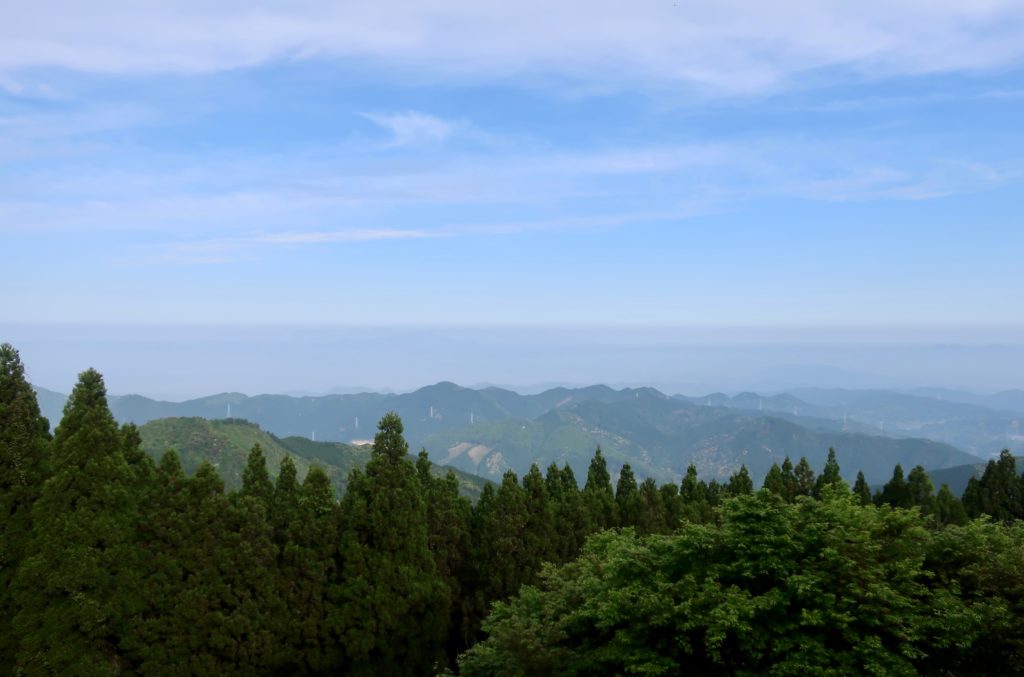
Photo credit : Chieko @untappedkumamoto
Historically valuable Shakain.
Shakain is located in 八代市(Yataushiro-city). You may be wondering why it’s not in Misato-town. This is because Misato-town and Yatsushiro-city are neighbors and after finishing the 3333 stairs, you’re in Yatsushiro-city.
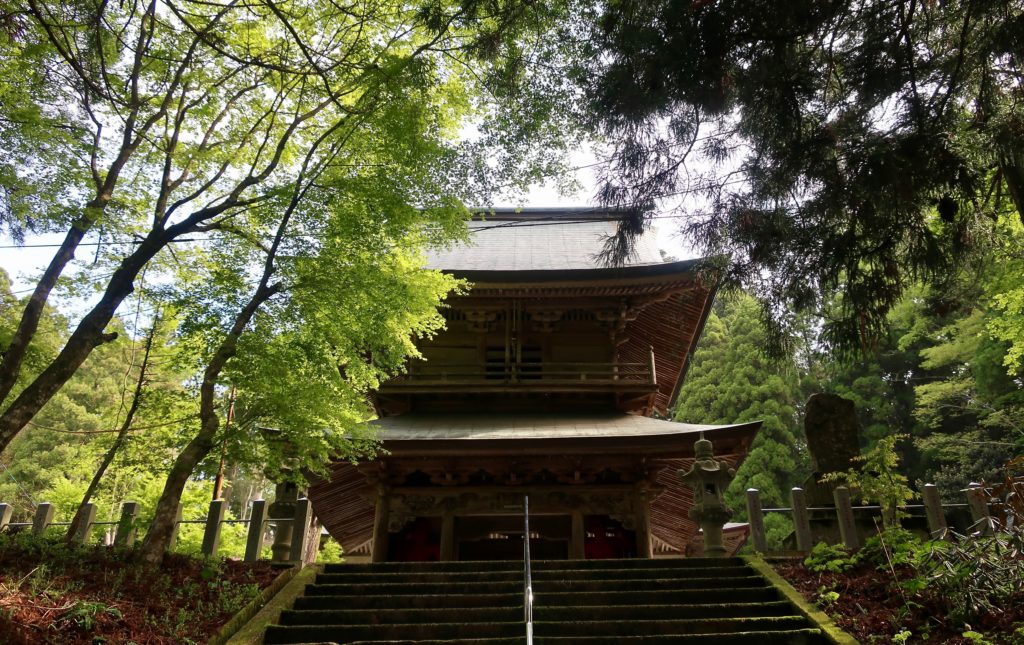
Photo credit : Chieko @untappedkumamoto
Shakain is a temple of 天台宗(Tendaishu, means Tendai sect of Buddhism). Official name of Shakain is 金海山大恩教寺釈迦院 (Kinkaizan daionkyouji Shakain) but locally it is called as 釈迦院(Shakain).
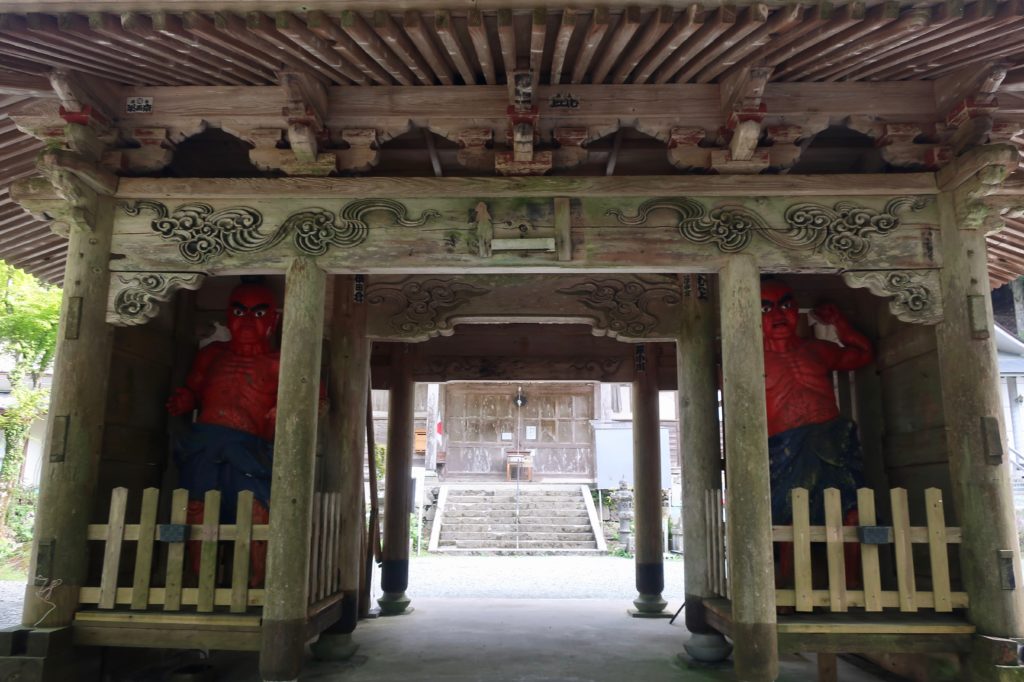
Photo credit : Chieko @untappedkumamoto
Shakain was opened by 奘善大師(Shouzen-daishi, means Shouzen monk).

Picture of Emperor Kanmu https://ja.wikipedia.org/wiki/桓武天皇
In 799, 桓武天皇(Emperor Kanmu) were sick but after Shouzen-daishi prayed for the emperor, he recovered. Emperor Kanmu appreciated him very much and ordered to build a temple for Shouzen-daishi.
It used to be the big temple which had 75 monks and 49 branch temples and enjoyed its prosperity.
During 天正(Tenshou, means Tenshou period), 小西行長(Yukinaga Konishi) who ruled the south part of Kumamoto, destroyed shrines and temples in Konishi’s region because he was the Christian feudal lord. But it is now told that the real reason Konishi destroyed many shrines and temples was that the priests and monks were disobedience against Konishi’s politics, not because of the religious reason.
After Shakain had been ruined, 加藤清正(Kiyomasa Kato) and 加藤忠広(Tadahiro Kato) , who ruled Kumamoto from 1585 to 1632, rebuilt Shakain and 細川家(Hosokawa family) ,who ruled Kumamoto after Kato family, had restored it well.
This is the main hall.
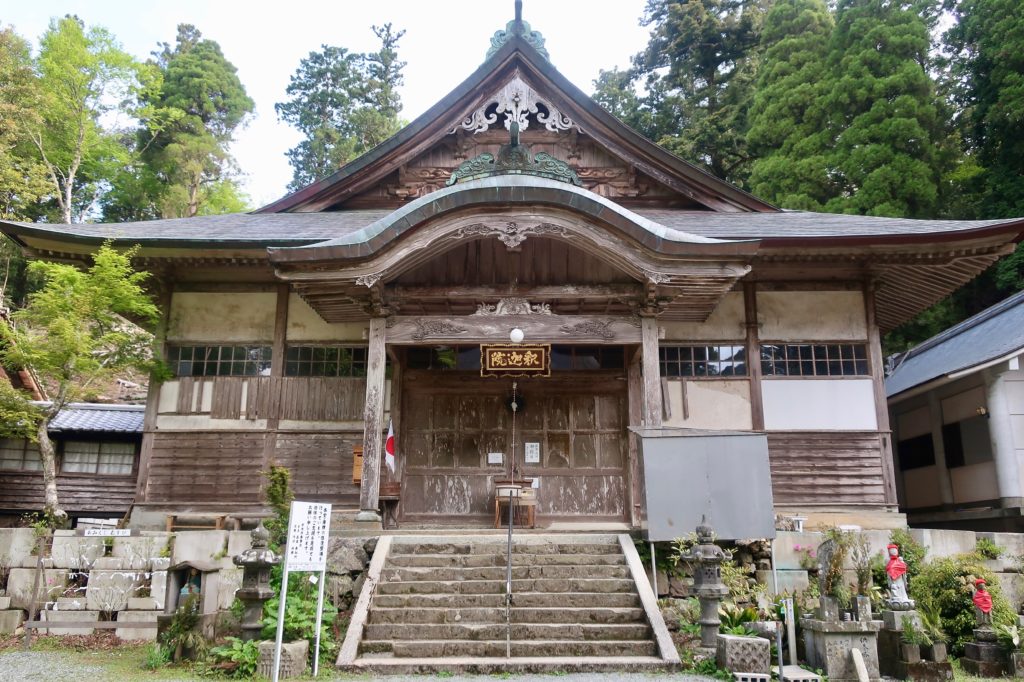
Photo credit : Chieko @untappedkumamoto
They use copper roof which became popular after 江戸時代(Edo period, 1603-1868), especially for castles, shrines and temples. Copper roof started to be used because they are light, durable, earthquake-resistant and maintenance-free.
Can you see one roofing tile in the middle of the roof? It is called 鬼板(Oniita).
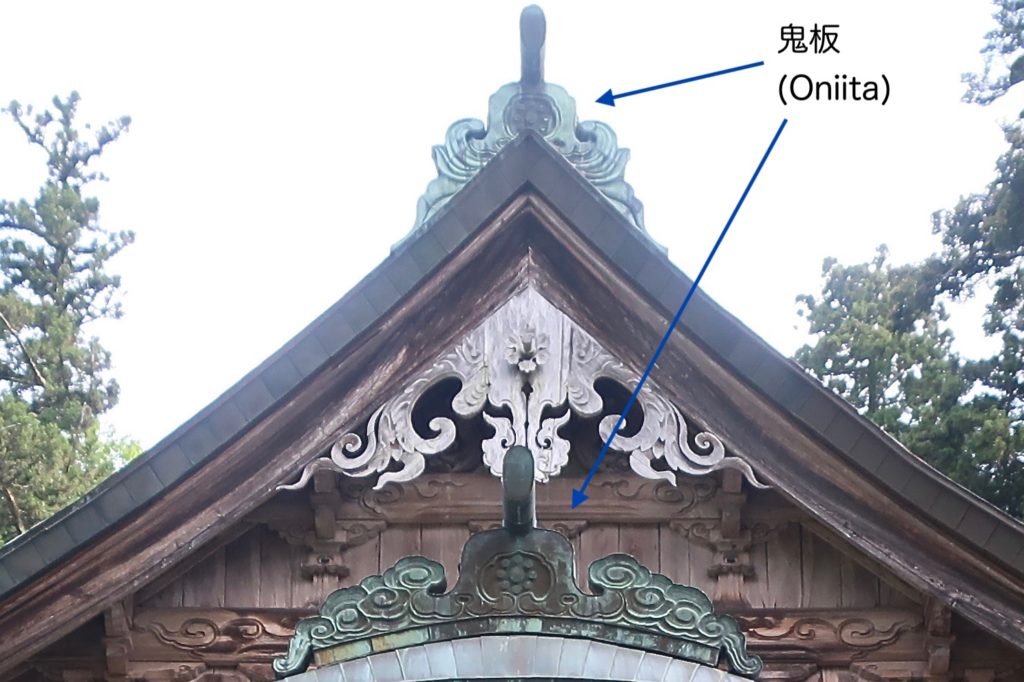
Photo credit : Chieko @untappedkumamoto
On this Oniita, there is the symbol which is the family crest of Hosokawa, called 九曜紋(Kuyoumon, which represents nine suns)
Oniita is placed for wishing to ward off evil and nothing bad will happen to the building in the future.
Hosokawa family is famous for restoring cultures, such as tea ceremony and haiku poetry so they must have contributed to maintain the culture of temple.
Shakain is also called as “ぽっくり寺(Pokkuri-dera, means Pokkuri temple)” . If you visit and pray at Shakain, you will not suffer at the old age and will have a painless death.
Usually, there is no one in Shakain but every month on 8th, they offer tea.
Also every year on April 8th, there is a flower festival at Shakain as a celebration for the birth of Buddha. Many people visit there.
In the main hall, there are some statues of Buddha, which are registered as Important Cultural Property of Kumamoto. One of them is made in 平安時代(Heian period, 794-1185) and the others were made in 鎌倉時代(Kamakura period, 1185-1333). Usually, Shakain is not open but during the festival, we can go inside and admire the statues.
Ring the bell and chase the sound until complete silence.
At the tower gate, we found the stair to the second floor and it seemed like there was a bell.
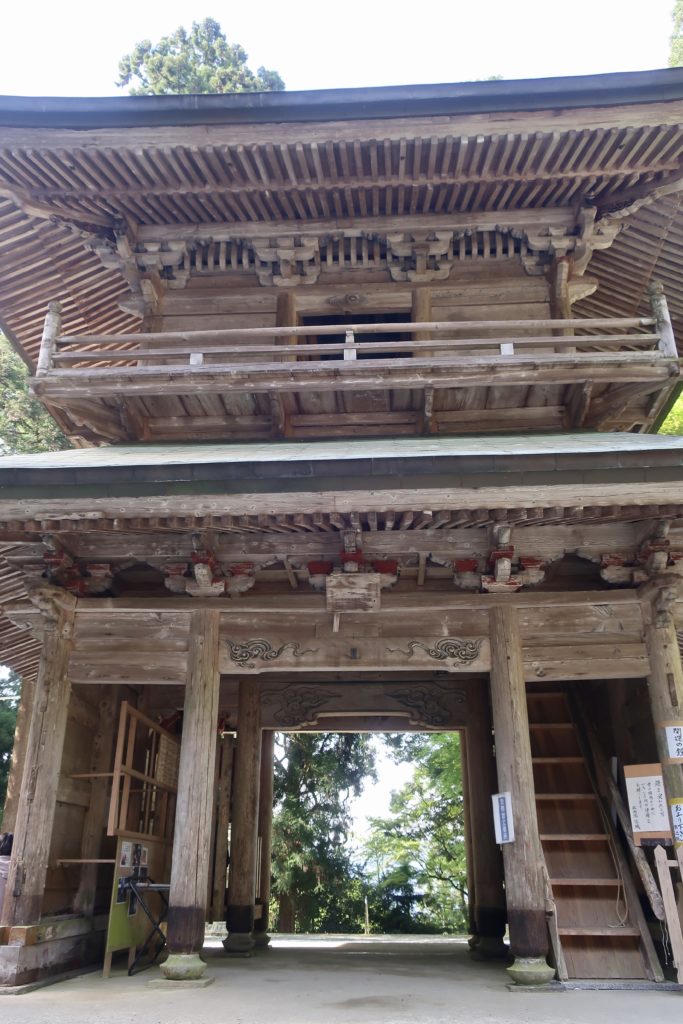
Photo credit : Chieko @untappedkumamoto
At the entrance, there is a box to pay the fee. It’s 100 yen per capita, which will be used for maintaining the temple. The sign says that please bow before climbing the stair.

Photo credit : Chieko @untappedkumamoto
We climbed and found this bronze bell on the second floor.
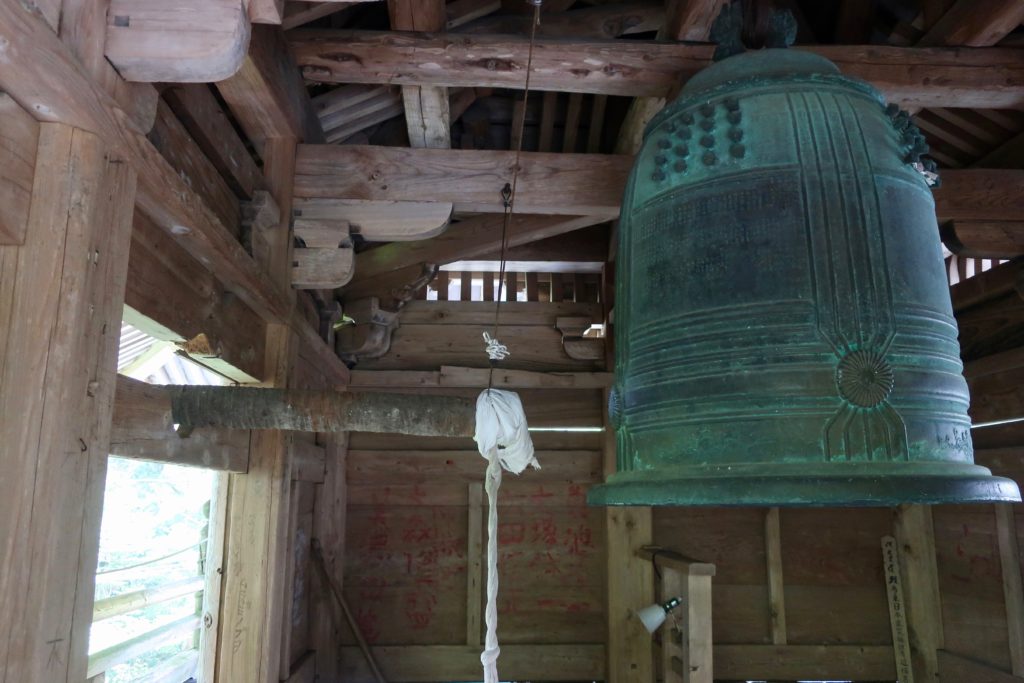
Photo credit : Chieko @untappedkumamoto
We were chasing the sound until complete silence. The sound was so peaceful and soothing
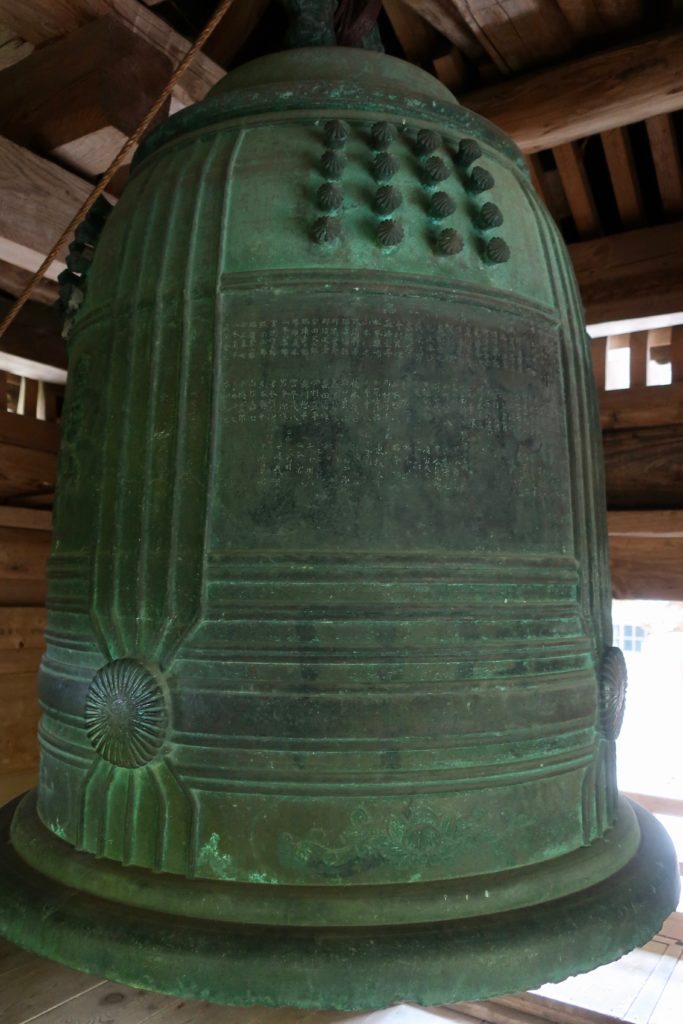
Photo credit : Chieko @untappedkumamoto
Visit Shakain.
At the time of going down the steps, it was about 11am and we saw more people climbing.
When I was going up, breathing was the problem and my feet were not so bad. But when I was going down, I noticed that my feet were shaking. I hadn’t experienced that kind of sense so I felt very strange but kept going, sometimes taking rest.
Visiting Shakain is definitely a hard work but I’m sure it’ll bring you a great sense of achievement.
Visit Shakain and forget the reality until you start to going down!

Photo credit : Chieko @untappedkumamoto
【Information and links】
The article about 3333 stone steps
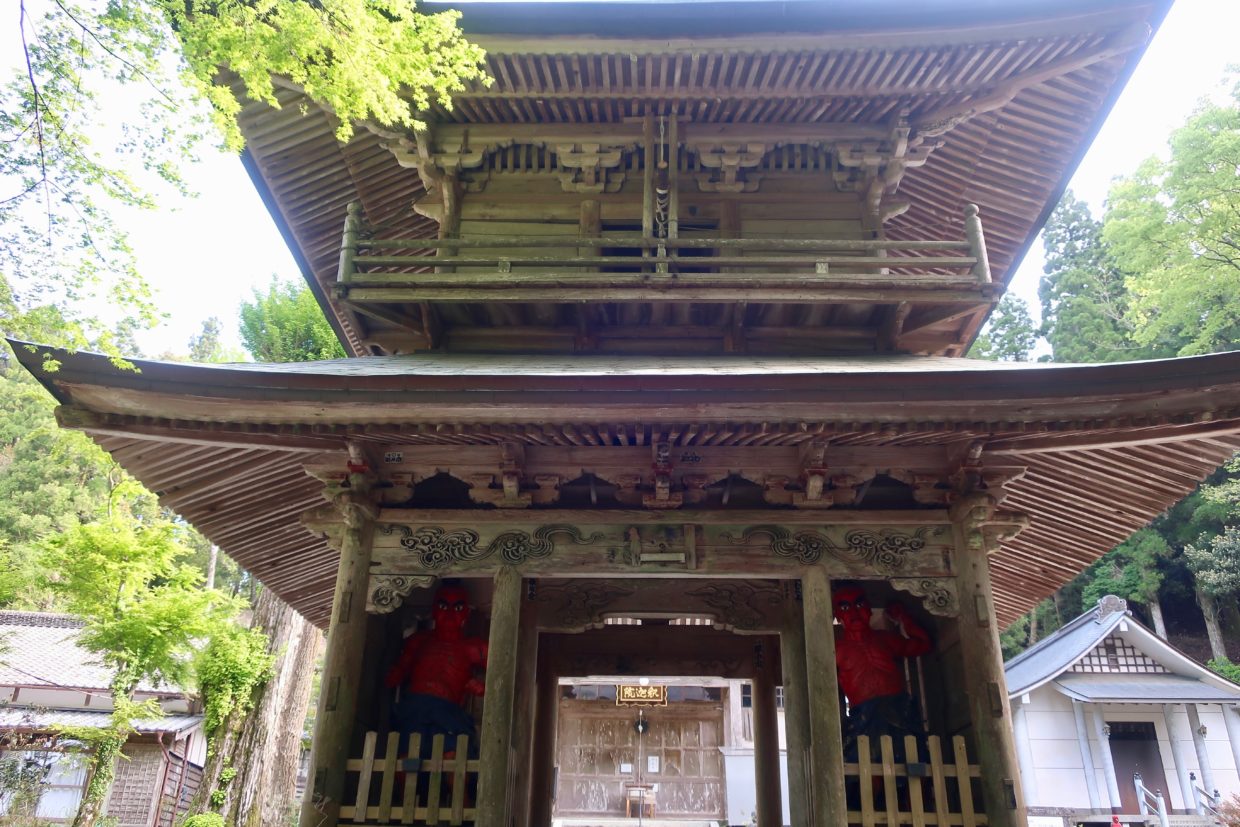
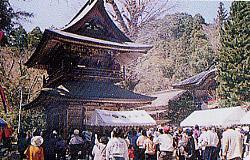
2 ピンバック